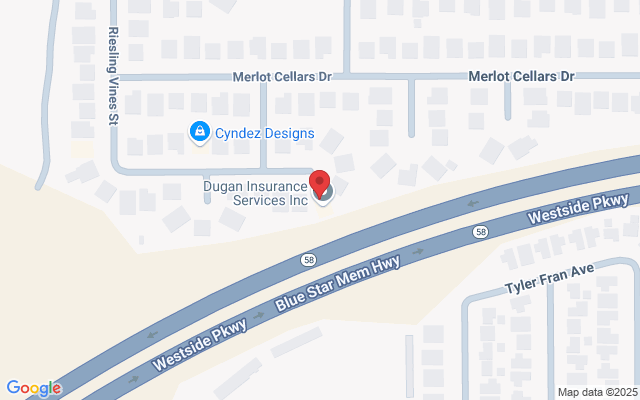
Best Medicare Savings Programs in California: Top Picks and Benefits
Medicare includes powerful support programs to help Californians on modest incomes reduce or eliminate their out-of-pocket costs. These are called Medicare Savings Programs (MSPs)—they can help pay Medicare Part A and B premiums, deductibles, copays, and coinsurance. If you qualify, these programs can make healthcare much more affordable.
Here's a clear guide to California’s most helpful MSPs, what they offer, and how to take advantage of them.
What Are Medicare Savings Programs?
Medicare Savings Programs are state-administered programs that help eligible low-income Medicare beneficiaries with Medicare-related costs. In California, MSPs are administered through Medi‑Cal (California’s Medicaid program). There are four main types:
Qualified Medicare Beneficiary (QMB)
Specified Low-Income Medicare Beneficiary (SLMB)
Qualifying Individual (QI‑1)
Qualified Disabled and Working Individual (QDWI)
Top Medicare Savings Programs in California
1. QMB (Qualified Medicare Beneficiary)
What it covers:
Medicare Part A and Part B premiums
Medicare deductibles, coinsurance, and copays
Income & Asset Limits (2025 approx.):
Single: up to ~$1,258/month
Married couple: up to ~$1,697/month
Why it’s best: QMB offers full coverage of all Medicare-related out-of-pocket costs—so beneficiaries pay nothing for Medicare-covered services.
2. SLMB (Specified Low-Income Medicare Beneficiary)
What it covers:
Medicare Part B premium only
Income & Asset Limits:
Single: up to ~$1,505/month
Married: up to ~$2,034/month
Why it’s good: If you already qualify for Part A premium-free and need help covering only your Part B premium, SLMB is ideal.
3. QI‑1 (Qualifying Individual, Level 1)
What it covers:
Medicare Part B premium only
Requirements:
Similar income limits to SLMB
Must apply annually
FUNDING LIMITED and awarded on a first-come, first-served basis
Why use it: It’s another avenue to help with Part B premiums—but income limits and availability are stricter.
4. QDWI (Qualified Disabled & Working Individual)
What it covers:
Medicare Part A premium for the working disabled
Eligibility:
Only for younger individuals with disabilities who are working
Can’t already qualify for Part A premium-free or have financial assistance from other sources
Why choose it: If you’re disabled, under 65, working, and don’t automatically qualify for premium-free Part A, this helps keep your costs manageable.
Why These Programs Matter in California
Reduce Your Healthcare Costs
Medicare Savings can eliminate significant expenses—like premiums and hospital coinsurance—that often foil older or disabled Californians on tight budgets.Access to Medi‑Cal Benefits
QMB and some other MSP recipients may also qualify for full Medi‑Cal, which opens doors to comprehensive benefits, including long-term care, dental care, and more.Smoother Healthcare Journey
Knowing your Medicare costs are covered means you don’t have to delay or skip essential care due to cost concerns.
How to Apply in California
Check Eligibility
Gather income proof (Social Security statements, pay stubs) and asset info.Apply Online
Visit SunFire to start your application and determine eligibility.Apply In Person
Contact Sam Dugan's office to schedule an appointment.Receive Decision and Enrollment
If approved, Medicare Savings benefits begin—usually retroactive to the month you applied.
Key Tips
Apply early in the month—QI‑1 funds are limited and allocated first-come, first-served.
Report changes promptly—income or asset changes can affect eligibility.
Renew annually—most MSPs require yearly recertification.
Check Medi‑Cal eligibility—QMB often opens eligibility for full Medi‑Cal coverage.
Conclusion
California’s Medicare Savings Programs are some of the most valuable tools available for seniors and disabled adults on limited incomes. From full coverage under QMB to help with individual premiums via SLMB or QI‑1, the savings can be dramatic and life-changing. If you qualify—or think you might—there's no time to wait. Applying could reduce or eliminate many Medicare costs and unlock additional Medi‑Cal benefits to further support your healthcare needs.

